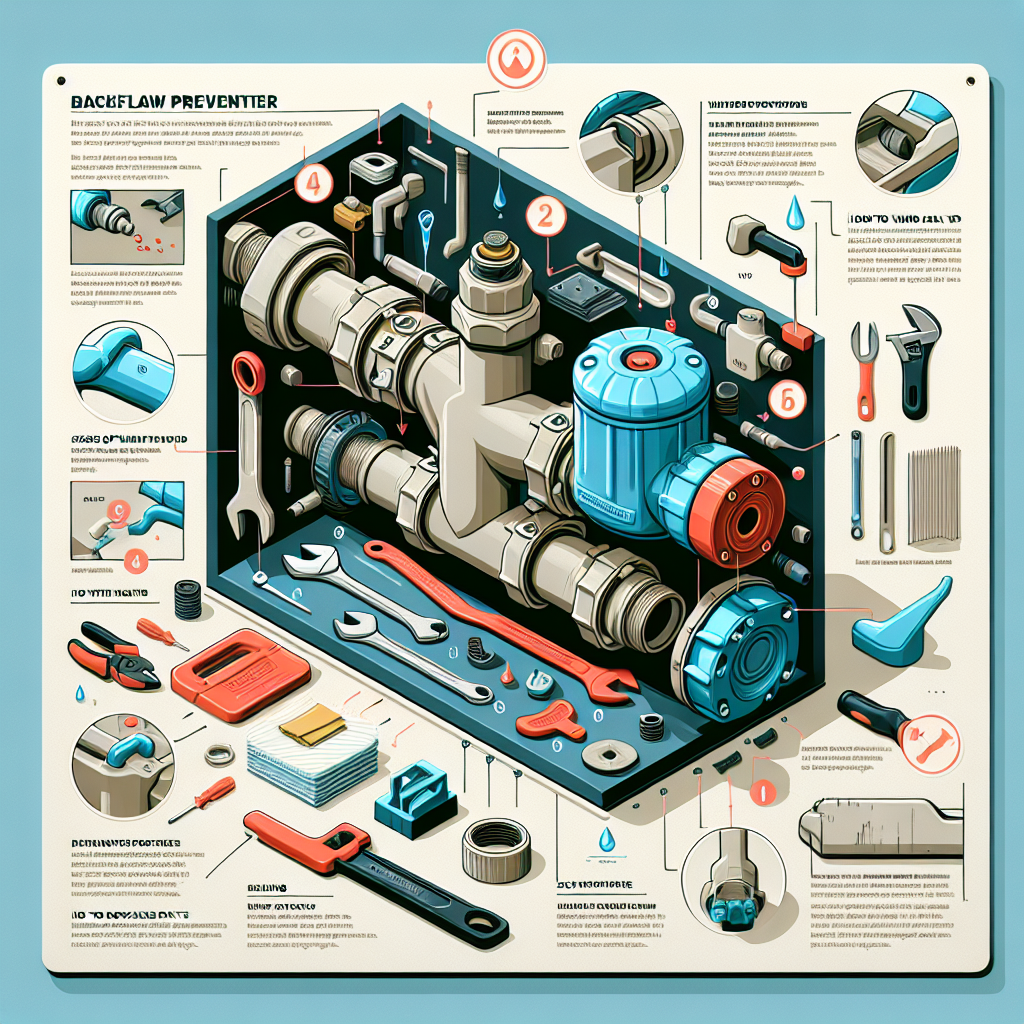Backflow preventers play a critical role in ensuring that our drinking water remains clean and safe. These devices prevent contaminated water from flowing back into the main water supply, protecting not only your home but also the health of your community. However, like any other plumbing component, backflow preventers require regular maintenance to function effectively. In this article, we’ll explore some DIY maintenance tips that will help you keep your backflow preventer in top shape.
Understanding the Importance of Backflow Prevention
Before diving into maintenance tips, let’s take a moment to understand why backflow prevention is crucial. Backflow occurs when there’s a change in pressure within the plumbing system, causing contaminated water from sources like irrigation systems or industrial processes to flow back into clean water lines. This can lead to serious health risks. Backflow preventers are installed in homes and businesses to combat this issue, making regular upkeep essential.
Inspecting Your Backflow Preventer Regularly
Schedule Routine Checks
It’s essential to inspect your backflow preventer at least once a year. During these inspections, look out for any visible signs of wear and tear, leaks, or corrosion. Make it a habit to check right before your watering season kicks off—this way, you’ll ensure that everything is working correctly when you need it most.
Visual Inspection
Look for any rust, cracks, or significant wear on the device. If you notice any irregularities, you may need to take further action or consult a professional. Remember, a little attention now can save you a considerable headache down the road!
Cleaning Your Backflow Preventer
Disassemble for Deep Cleaning
To keep your backflow preventer functioning properly, it’s a good idea to clean it. Start by shutting off the water supply and disassembling the unit carefully. Be sure to take note of how parts are arranged, as reassembly will require this information.
Use the Right Tools and Products
Use a gentle cleaning solution and a soft brush to remove any buildup or debris. Avoid harsh chemicals that could damage the components. After cleaning, rinse everything thoroughly with water, ensuring no residue from the cleaning products remains.
Testing Your Backflow Preventer
Perform a Functional Test
After cleaning, it’s crucial to test the backflow preventer to ensure it’s still functioning correctly. You can do this by observing the check valves while running water through the system. If the valves don’t close properly after the flow stops, it’s time to replace them.
Engage a Professional When Necessary
While you can DIY many maintenance tasks, some issues may require professional help. If you notice persistent problems, the best course of action is to contact a certified backflow prevention technician.
Replacing Parts as Needed
Identify Common Replacement Parts
Occasionally, certain parts of a backflow preventer may need replacing, especially the check valves and springs. Check the manufacturer’s instructions to determine the lifespan of these components and replace them as needed.
When to Replace the Entire Unit
If multiple parts are failing or if the device is over a decade old, it may be time to consider investing in a new backflow preventer. Remember, the cost of a new unit is a small price to pay compared to the potential risks of failing to prevent backflow.
Final Thoughts: Keeping Your Drinking Water Safe
Backflow preventers are essential for maintaining clean drinking water in your home. With these DIY maintenance tips, you can take proactive steps to ensure your system is functioning effectively. Regular inspections, cleaning, testing, and timely replacements can go a long way in preserving your backflow preventer’s integrity.
By prioritizing the maintenance of your backflow preventer, not only are you safeguarding your home but also contributing to the health and safety of your entire community. Feel empowered to take these steps, and remember, when in doubt, there’s never any harm in reaching out to a professional for help. Your health and the health of your loved ones are worth it!


